Europe’s Private Label Brands Growth
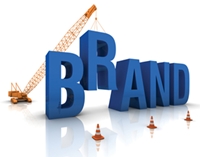 While retailers’ own brands continue to help cash-strapped consumers across Europe reduce the cost of their weekly shop, national brands are fighting hard to protect their share of the market, reveals a report launched today by grocery market measurement and consultancy firm SymphonyIRI Group.
While retailers’ own brands continue to help cash-strapped consumers across Europe reduce the cost of their weekly shop, national brands are fighting hard to protect their share of the market, reveals a report launched today by grocery market measurement and consultancy firm SymphonyIRI Group.
The report – Private Label in Europe 2012 – shows that retailers’ Private Label (PL) share is still rising across Europe with an average value share of 35.6% and a unit share of 45.1%. The highest country value share is in the UK at 50.5%.
In Greece, PL has doubled its market share by value over the last five years to 14.3%. Even in France, where shoppers are less price-sensitive and national brands (NB) are still driving value sales growth in almost every category, consumers are beginning to switch to PL in larger numbers. An increase of 0.2% drives the value share of PL in France to 30.0%. Germany, with its strong economy, is the only country where NB are also driving unit sales. Although in other countries, PL sales are down in certain categories.
The way PL is perceived by shoppers has changed. The quality, variety and range of products is improving, retailers are awarding PL more prominence in-store to secure greater margins at the expense of small and mid-ranking NB, and they are spending more on marketing to reiterate that buying PL does not mean compromising on quality. Persuaded by these arguments, consumers are becoming less brand conscious, which is impacting loyalty – in Italy, for instance, 57% of shoppers now change their brand ‘very often’, up from just 16% in 2004.
Manufacturers are responding to the continued growth of PL with clever promotion and pricing strategies, the re-engineering of lines and the launch of new variants. They are also spending more time developing and adjusting their portfolio and how they approach individual retail chains.
So despite the progress of PL, NB is still influential in many categories, often acting as category ‘sponsors’ and ‘signposts’ to tempt shoppers. However PL is responsible for a disproportionate share of growth in relation to its share of the market: in Italy, for instance, PL makes up almost 17% of total sales but was responsible for 40% of the value growth in the market.
“We are seeing dynamic change in what is already the most mature PL market in the world,” said Rod Street, Executive Vice President of International Consulting at SymphonyIRI Group. “However, almost all shoppers will continue to fill their shopping baskets with a mix of PL and brands. As a result in many categories PL could reach a ceiling regardless of how far retailers promote it.”
He continues: “Growth can only come if retailers and FMCG manufacturers have a deep understanding of what makes the grocery shopper tick, and are brave about innovation, which will be crucial to driving sales. Food manufacturers in particular need to review their brand propositions for saliency and value in the face of continued pressure on shoppers. This means working in partnership to analyse and act on shopper behaviour, market insights and trends.”
The report explores current and emerging private label trends across Europe. It looks at key indicators such as the value and volume share of private label as well as the price and promotions pressure for FMCG products across seven European countries (France, Italy, Spain, the United Kingdom, Germany, the Netherlands and Greece). It covers grocery sales for the year ended 16 June 2012.

Key highlights from the report include:
Source: SymphonyIRI Group & International Supermarkets News.

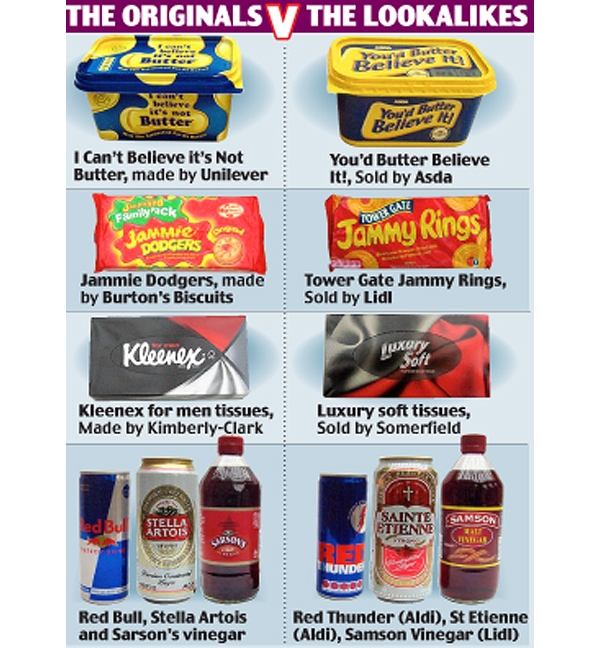
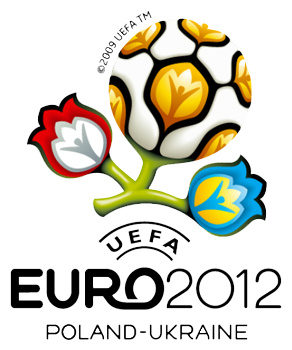
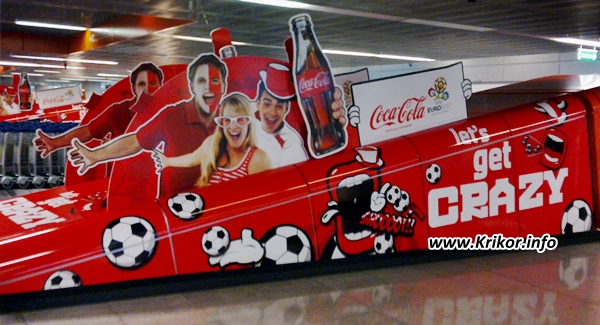
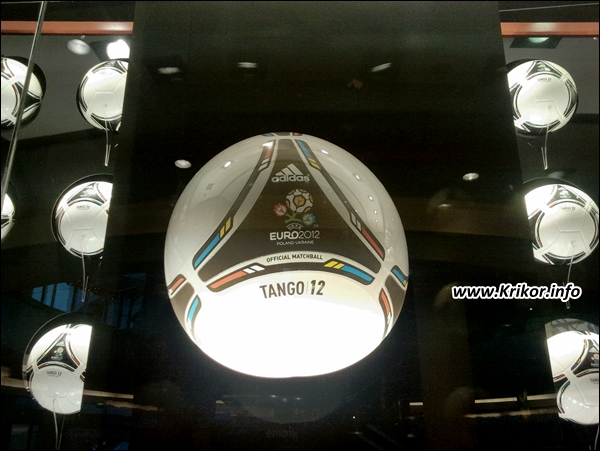
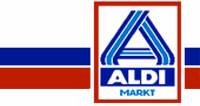
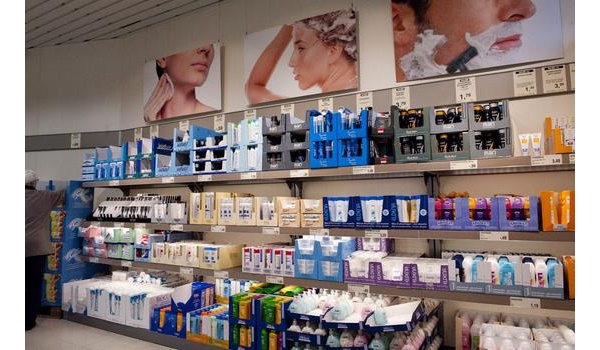
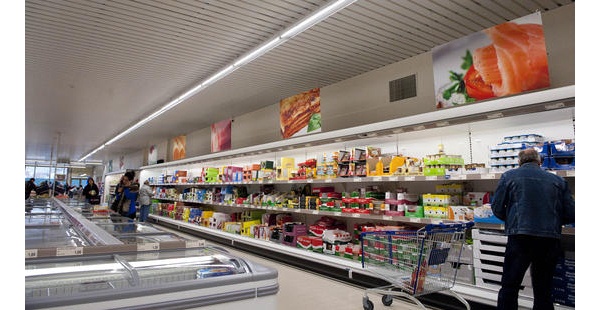

 Norway is not a member state of the European Union (EU), but is closely associated with the Union through its membership in the European Economic Area (EEA), in the context of being a European Free Trade Association (EFTA) member.
Norway is not a member state of the European Union (EU), but is closely associated with the Union through its membership in the European Economic Area (EEA), in the context of being a European Free Trade Association (EFTA) member. I guess you have been to a hypermarket at least once in your life since these big stores existed and the first time you stepped in, surely you were amazed by the surface size, the displays, the offerings and how huge the store is, you looked both ways and you could not see where it ends. But maybe soon and in my opinion, this will be a memory because I think the supermarkets and mainly hypermarkets surfaces in Europe will shrink more and more.
I guess you have been to a hypermarket at least once in your life since these big stores existed and the first time you stepped in, surely you were amazed by the surface size, the displays, the offerings and how huge the store is, you looked both ways and you could not see where it ends. But maybe soon and in my opinion, this will be a memory because I think the supermarkets and mainly hypermarkets surfaces in Europe will shrink more and more.

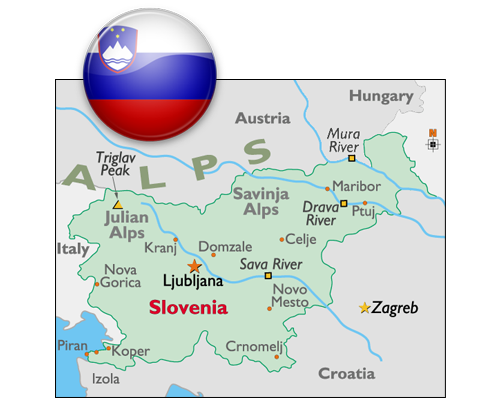


![Reblog this post [with Zemanta]](http://img.zemanta.com/reblog_e.png?x-id=c26267af-992f-4aa5-bafb-2e1bd71a7d04)